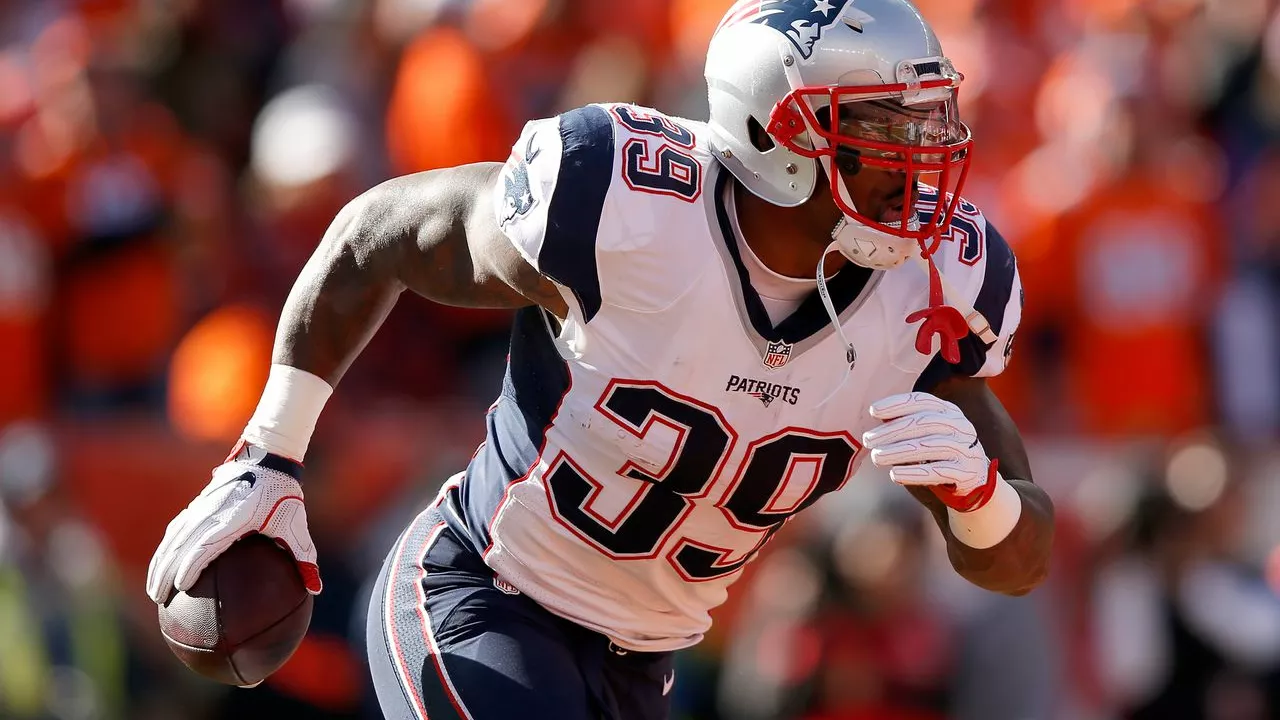Player Cuts: Real Stories, Risks, and Safe Weight‑Cutting Tips
If you’ve ever watched a UFC bout and wondered how a fighter can drop 30 kg in weeks, you’re not alone. The term “player cuts” describes the rapid weight loss fighters use to make a lower weight class. It’s a high‑stakes gamble that can boost size advantage but also endanger health.
Why Fighters Cut Weight
Most fighters believe a bigger frame against smaller opponents gives a power edge. The extra muscle, reach, or sheer mass can translate into harder strikes and better grappling control. In the UK, many gyms push this mindset because it’s a quick way to climb the ranks without adding years of training.
But the pressure to shed pounds often comes from promoters, sponsors, and even fans who celebrate “big‑dog” match‑ups. When the scale shows a fighter is a few pounds over, the countdown begins: dehydration, calorie restriction, sauna sessions, and intense cardio. The goal is to weigh in at the limit, then rehydrate before the fight.
How to Cut Safely
Paul Craig’s recent confession about his middle‑weight cut highlights the dark side. He dropped from 220 lb to 185 lb, suffered an eating disorder, hormone imbalances, and repeated infections. After a win, three losses forced him back to light heavyweight. Craig’s story is a warning that extreme cuts can ruin careers.
Start a cut weeks ahead, not days. Reduce daily calories by 300–500 kcal, focus on lean protein, complex carbs, and plenty of veg. Keep sodium low to avoid water retention, but don’t eliminate it completely—your body needs electrolytes.
Hydration is the MVP of a safe cut. Aim for at least 2 liters of water each day, adding a pinch of sea salt or an electrolyte drink. In the final 24 hours, a controlled reduction—like a light sweat session in a sauna for 15‑20 minutes—can shave a pound or two without shocking the system.
After the weigh‑in, refuel aggressively. A mix of fast carbs (fruit juice or a sports drink) and protein (whey shake) helps restore glycogen and muscle tissue. Aim for 0.5 g of protein per pound of body weight within the first hour, then a balanced meal with carbs, protein, and healthy fats.
Never skip medical supervision. A sports nutritionist can design a personalised plan, track blood markers, and adjust the cut if red flags appear. In the UK, many MMA gyms now partner with dietitians who understand the unique demands of combat sports.
Finally, listen to your body. Persistent dizziness, extreme fatigue, or a rapid heart rate are signs you’ve gone too far. Cutting a few pounds slower often wins the fight versus risking a medical suspension or long‑term health issue.
Player cuts will remain part of MMA, but they don’t have to be a career‑ending gamble. By planning ahead, staying hydrated, and seeking professional advice, fighters can hit the scale and still walk into the cage at full strength.
- Kaius Farrell
- 0 Comments
Do NFL teams have to pay out the contracts of players they cut?
In the world of NFL, when a player gets cut, it doesn't necessarily mean they lose all their money. It all depends on the contract specifics. If a player's contract is guaranteed, then they are entitled to the full payout, even if they're cut. However, if the contract isn't guaranteed, the team has the right not to pay the remainder. So, in essence, the question of payout really depends on the fine print of the player's contract.
View More